FAQ
Spinal decompression is a patient therapy technology that utilizes a motorized patient treatment table. It is a non-surgical and non-invasive treatment. It uses a series of computerized calculated forces and angles to gently extend and retract the table as the patient is comfortably positioned and cushioned in place. The spinal decompression uses a specific combination of forces to pull and physically, yet gently, stretch portion of the table, at a specific angled degree of direction, for an varying amount of time. As the patient is comfortably positioned in place, the table will gentle stretch and then relax, and then repeat! This specific cyclical stretch-relax motioning will create a negative vacuum-like pressure within a spinal disc that will draw in bulging disc tissue and extruded disc material back into proper placement, and relieve pressure off pinched or irritated nerves. Research studies involving spinal decompression demonstrate that nutrient rich fluid and oxygen are drawn into the disc, which create an environment conducive to healing for both herniated and degenerated discs.
Ideal candidates for spinal decompression treatment are those who suffer from: neck, back, or spinal pain, sciatica, disc herniations/bulging discs, degenerative disc disease, pinched or irritated nerves, extremity pain, tingling or numbness of extremities, muscle weakness, findings on MRI imaging reports such as stenosis and disc desiccation. A sign that spinal decompression may be the appropriate treatment for a candidate is that if they have exhausted all other treatment methods with little to no success. Roseville Spinal Decompression values doctor-patient transparency. We will always provide recommendations that are best suited for a patient as well as our expectations of treatments results, based on their medical history and imaging findings.
Healing is not a linear cut and dry process, the amount of time it can take for a patient see results and heal from spinal decompression treatment can vary from patient to patient. It is typical for many patients to enjoy pain relief after their first few treatment visits, with the majority of patients feeling improvements within a few weeks. Due to the severity of conditions in the majority of patients that seek spinal decompression therapy, one or two visits will not produce overnight success (How cool would it be though if it could!). It is common for patients to be recommended spinal decompression treatment visit protocols that can take anywhere from 10-20 weeks to complete.
Spinal decompression therapy is a non-invasive and non-surgical treatment for spinal issues. Depending on the severity of the spinal condition, some patients might experience mild discomfort during their initial sessions. We do expect this and place measures in place to make sure all patients are comfortable as possible. Generally, spinal decompression is found to be pain free with most patients relaxing during treatment, and even falling asleep!
The majority of spinal decompression treatment cases in our facility range from $2200 – $3800. We offer affordable and flexible in house monthly payment plans over a period of 2-5 months, at the choosing of the patient. Though we do not directly bill any third party payers, some insurance coverages offer claim reimbursement for out of network specialists. To find out if you have coverage for out of network specialists please call your insurance provider. Documentation to support claims will be provided upon request. We offer family plan pricing and discounts to active and retired military, police, and fire service members. If you are a CareCredit account holder, our facility is registered with CareCredit to accept CareCredit account payments.
HMO insurance plans, Medi-Cal, and Medicare do not cover specialized elective treatments such as spinal decompression.
Most patients do not experience any negative side effects. The most common side effect is a dull, achy soreness during the first or second week of treatment as the body becomes accustomed to being stretched and decompressed from the motorized motioning of the table. It is common to experience a dull, achy soreness that we describe as feeling like you exercised after not having done so for a very long time. Very rarely do patients have an increase in the pain that they came in with. Patients with severe disc herniations may experience some pain during the first week or two until the herniation retracts back in taking pressure off of the nerves. Acute disc herniation patients tend to experience a more ebb and flow relief from their pain as an acute and severe disc herniation can be slightly unpredictable, simply put— that disc moves around! Our spinal decompression facility promotes a very relaxing and healing environment, we often hear snoring in our facility as patients are that relaxed during their treatment!
If a patient has had a previous spinal surgery procedure, it is still possible that spinal decompression may be a viable treatment option for them. In fact, many patients have found success with spinal decompression treatment even after a failed surgical procedure. If a patient has had more than one surgical procedure, it will decrease the potential success rate of spinal decompression. If a patient has had surgery that involved hardware such as rods or screws, they may not qualify for spinal decompression. Overall, medical history and imaging will determine a post-surgical patient’s eligibility for spinal decompression treatment.
We use the DOC spinal decompression table. Medical offices are faced with many options and choices when it comes to the selection of preferred medical and diagnostic treatment equipment and technologies. Based on experience with a variety of spinal decompression treatment equipment and tables, the DOC table outperformed all in terms of treatment results and patient comfort.
A preliminary and flexible step to getting started is to schedule a telehealth phone consultation. These consultations are complimentary and will review your medical condition, any imaging reports, and provide you with information needed before scheduling and in person consultation. To schedule your telehealth phone consultation, click the button below.
